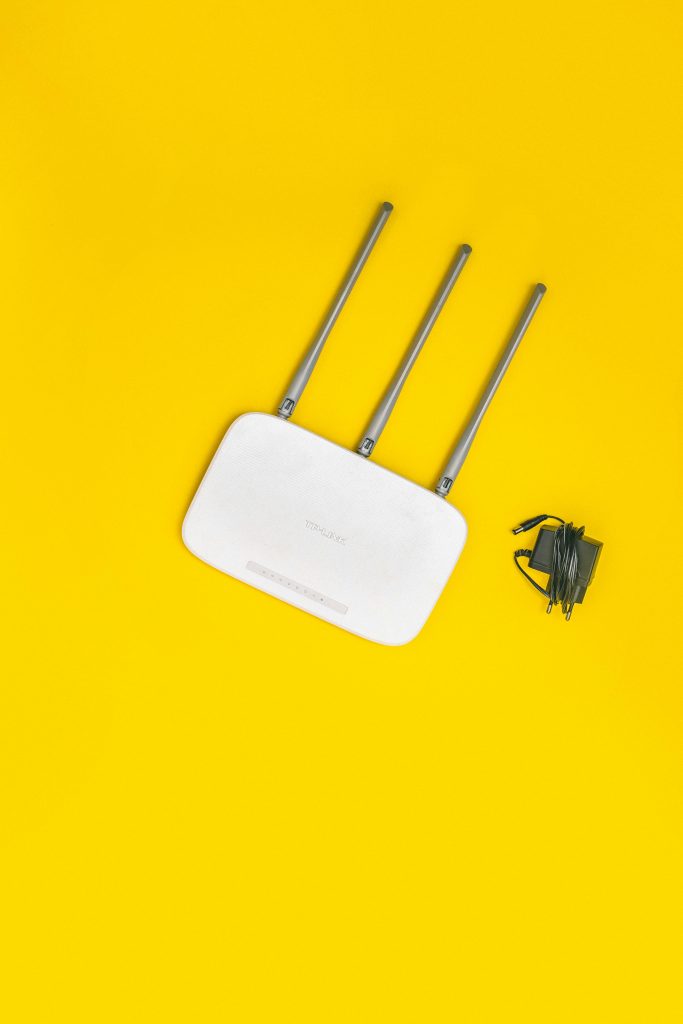How I Accidentally Disabled USB Ports in Windows and How I Fixed It
Sometimes, technology can turn against us in the most unexpected ways. Recently, I found myself in a frustrating situation where I completely disabled my USB ports while trying to troubleshoot an issue with my Windows 8.1 laptop. It was undoubtedly one of the most bewildering moments I’ve experienced! But after much trial and error, I discovered a way to regain control. Here’s a comprehensive guide for anyone who might find themselves in a similar predicament.
The Situation
While attempting to fix a separate problem related to malfunctioning keyboards, I inadvertently disabled the “Generic USB Hub” device in Device Manager. This one misstep disabled all USB ports on my laptop, rendering my mouse and keyboard utterly useless. I felt trapped, staring at the Windows login screen with no options to interact with my device. My laptop doesn’t have a PS/2 port, and I had no system restore points to revert to. I was stuck.
The Rescue Plan
After a lot of research and a fair few tries, I managed to navigate through the Windows Recovery Environment and the registry to reactivate my USB ports. Here’s a step-by-step breakdown of how you can fix a similar issue, although some steps may vary depending on your specific system.
1. Booting into Recovery Mode
To begin, you need to boot your laptop in Recovery mode. This barebones environment allows you some basic control. For those unsure how to access it, here’s the method I used:
- Shut down your laptop by holding the power button, then turn it back on.
- While the system starts, press and hold the power button again to interrupt the boot process. Repeat this a couple of times until you trigger the Recovery mode blue screen.
If you’ve done this right, you should see an option indicating that the system could not start normally. You’ve made it!
2. Navigating the Recovery Menu
Once in the Recovery environment:
- Look for buttons like “Advanced Options,” and click it.
- Choose “Troubleshoot,” and then navigate to “Advanced Options” again.
Avoid options like “Reset” or “Continue to Windows” at this stage. Instead, look for “Command Line” among the subsequent choices.
3. Command Line Access
In the Command Line window, you’ll need to determine which drive Windows is installed on. This is usually the C: drive, but if you want to
Share this content:




Hello, thank you for reaching out. It sounds like you’ve successfully accessed the Windows Recovery Environment and are working through re-enabling your USB ports via Command Prompt. Here are some additional steps that might help you restore USB functionality:
Once identified, exit diskpart by typing
exit.Then, explore the registry keys related to USB hubs:
Note: Be cautious when editing registry entries. If you’re comfortable, you might also consider restoring the registry to a previous backup if available.
However, please note that ‘devcon’ is a command-line